#16: Invasive Fisheries
Invasive carp species pose a significant threat to native fisheries, disrupting ecological balances, inflicting economic harm and hampering recreational activities. One effort to mitigate this threat is focused on blocking these fish from entering the Great Lakes, where they could significantly disrupt a $7-billion fishing industry. Guided by ERDC research, a series of electric barriers…
Read MorePodcast: Play in new window | Download
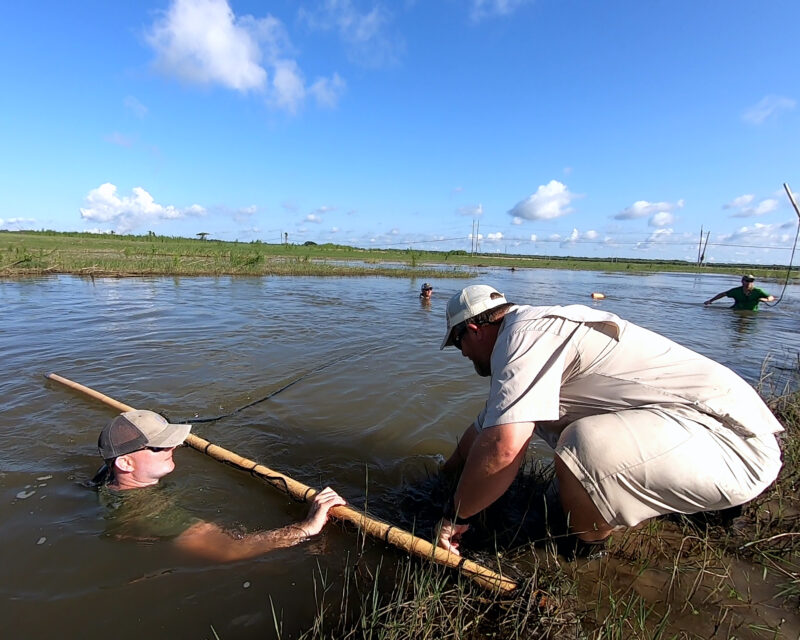
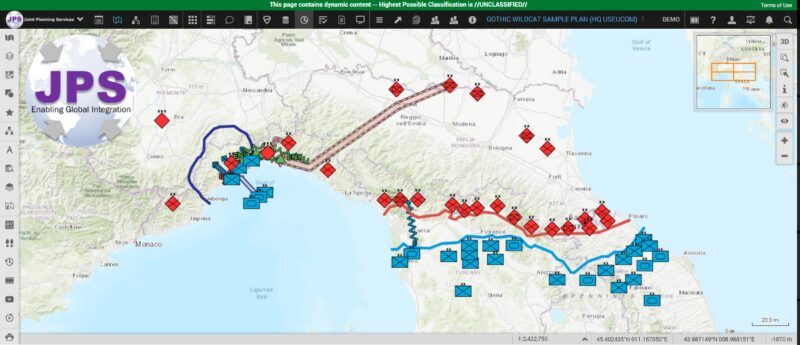
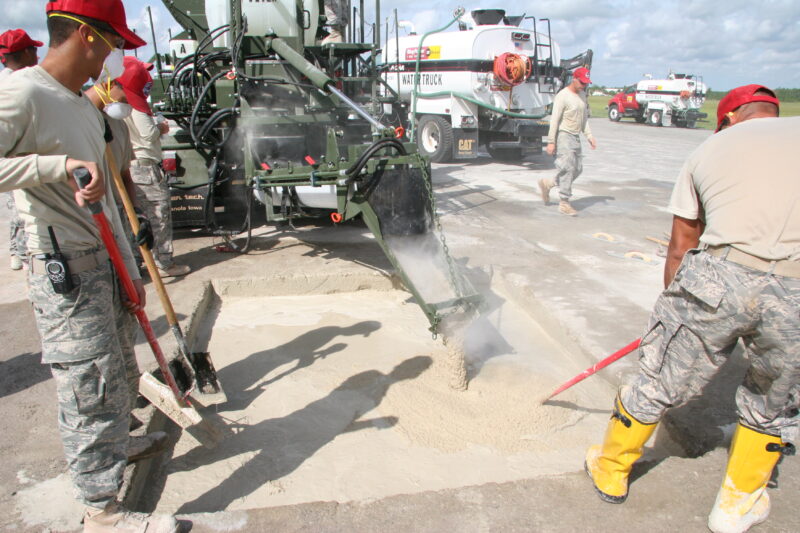
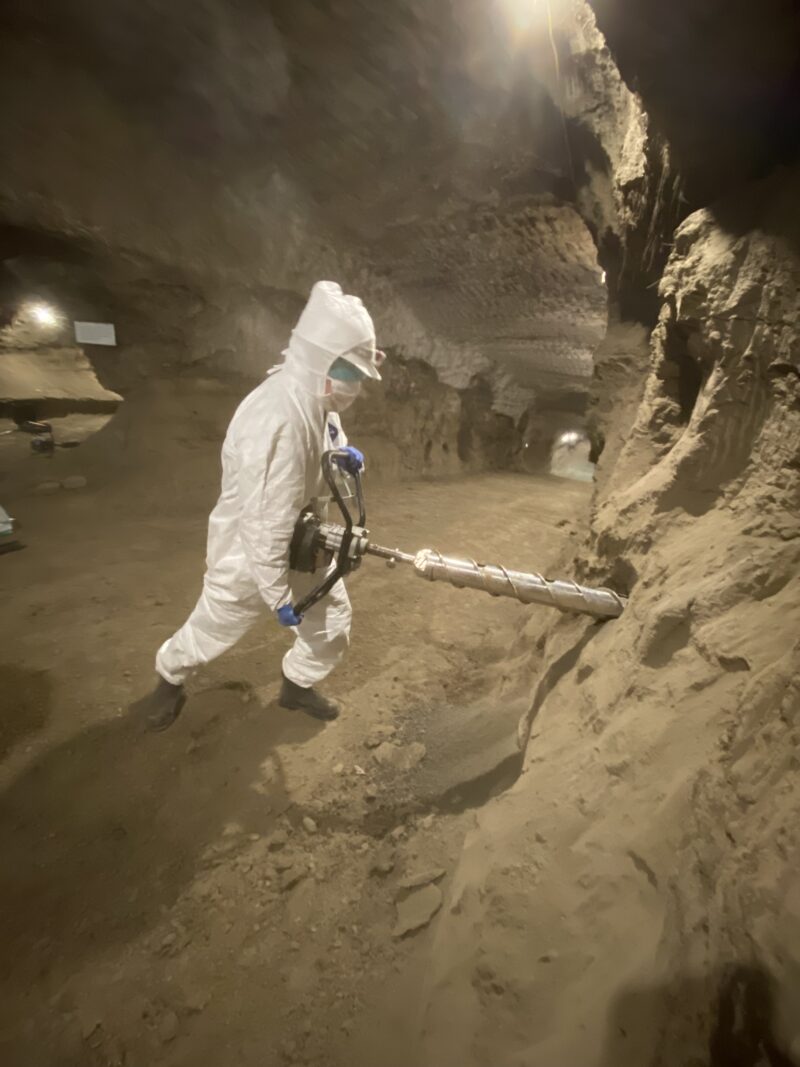
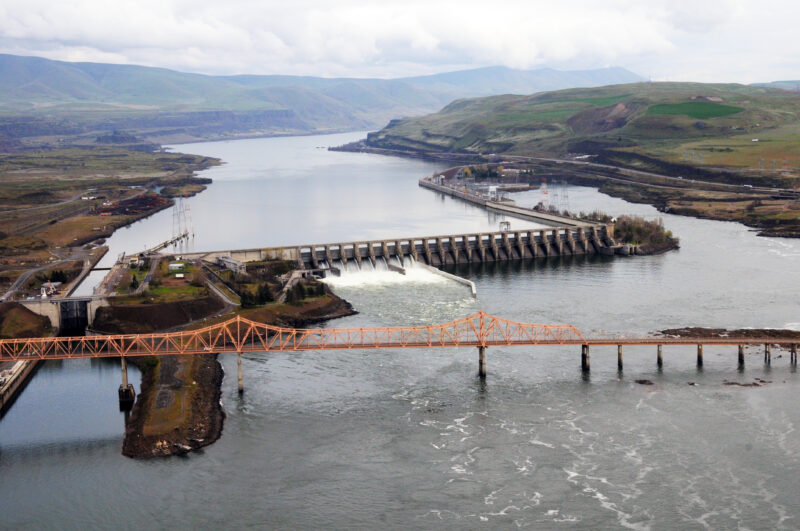

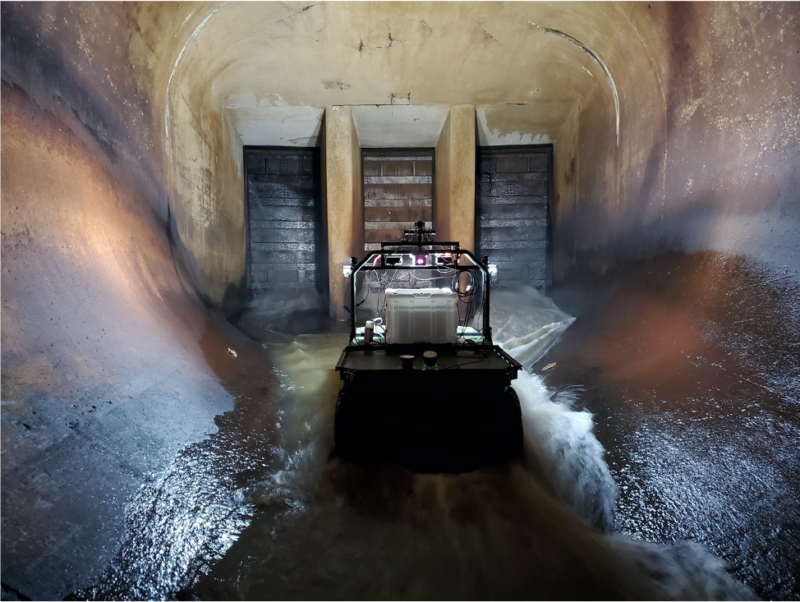
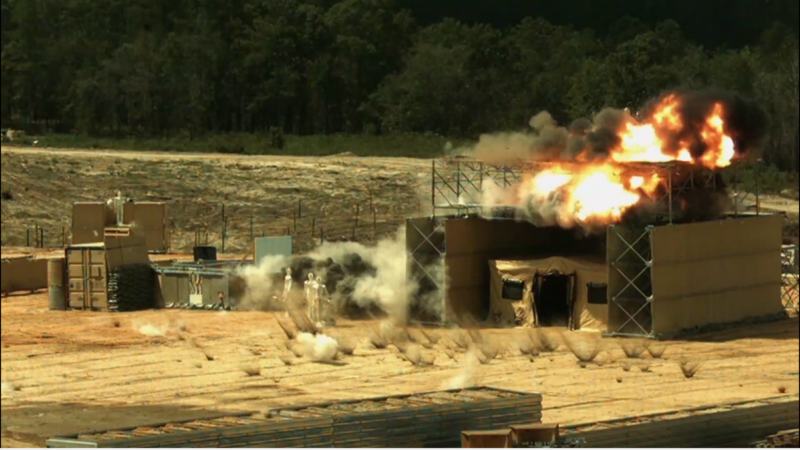
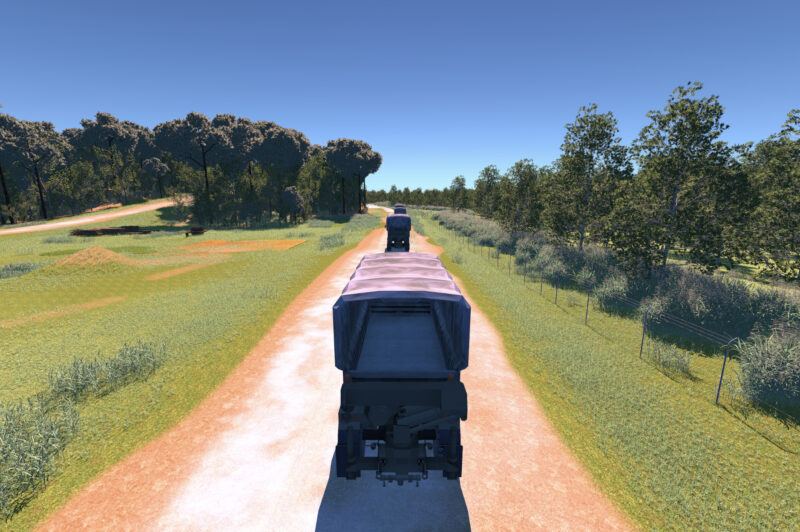
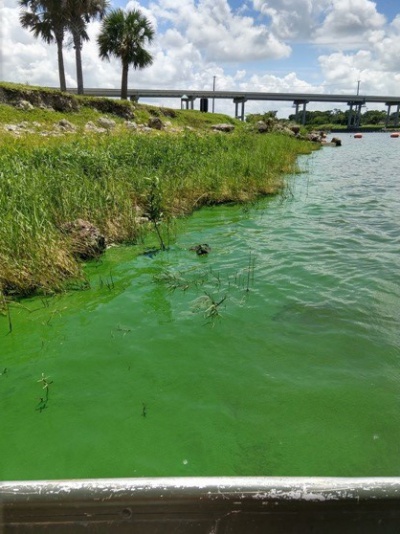

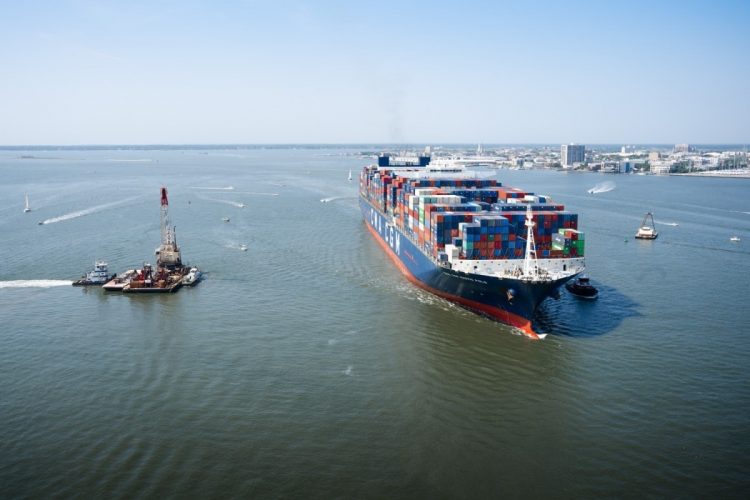


Recent Comments